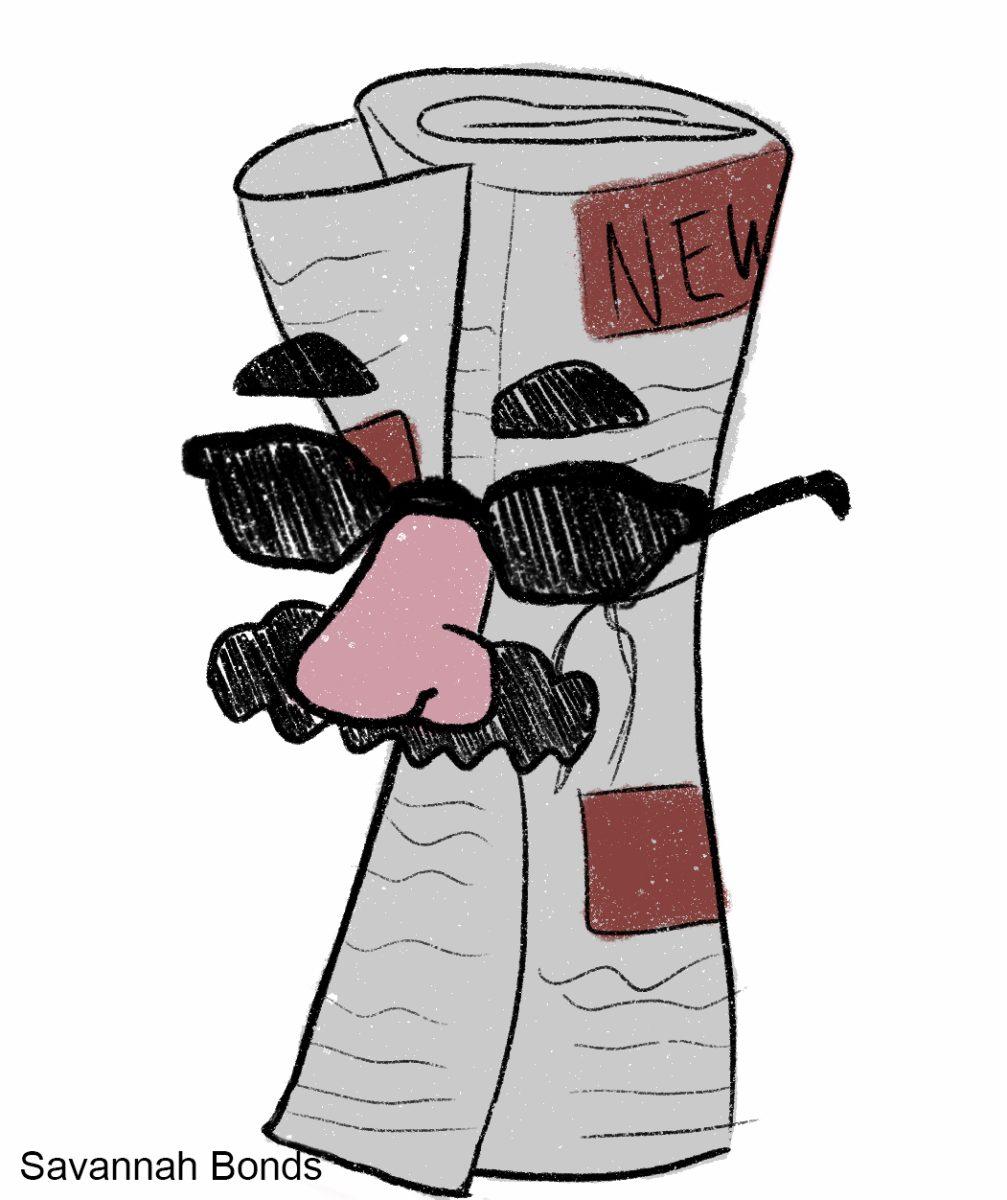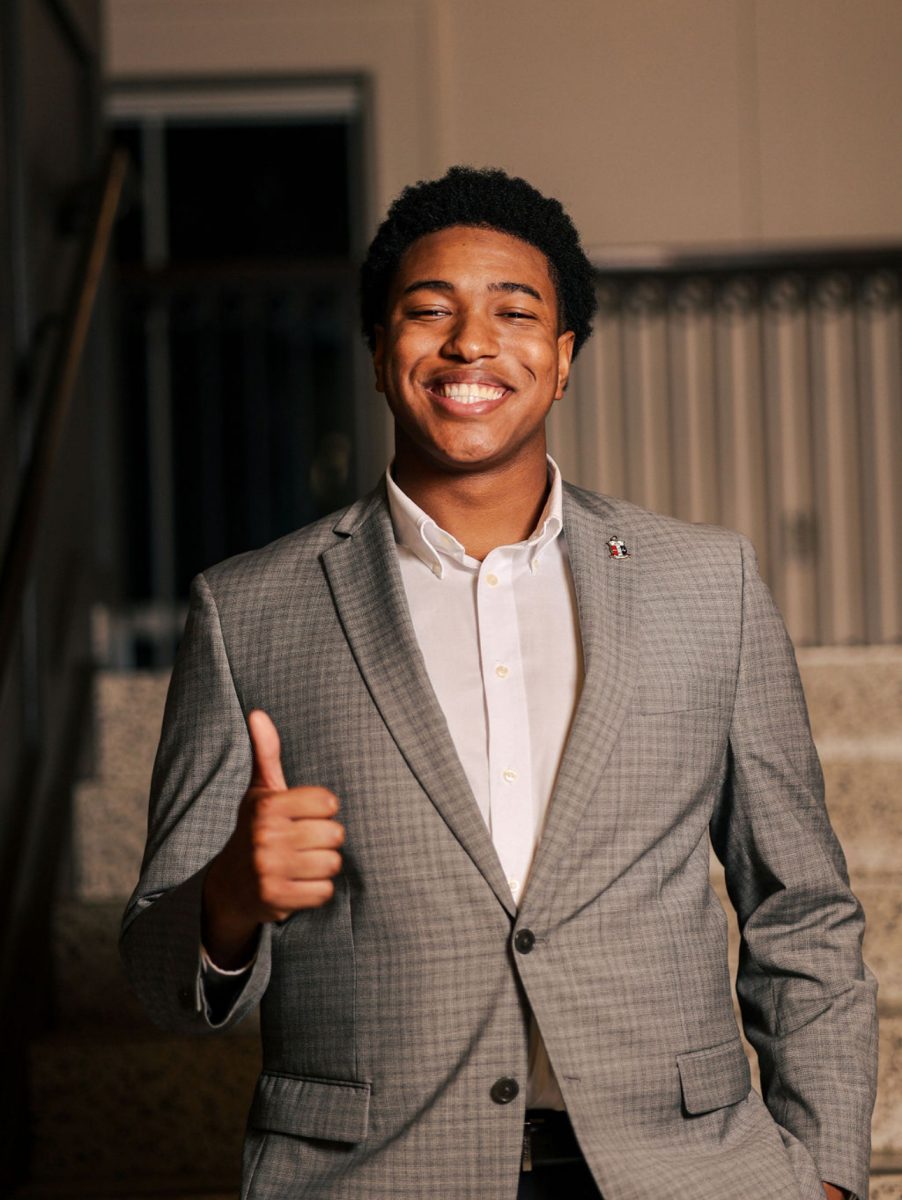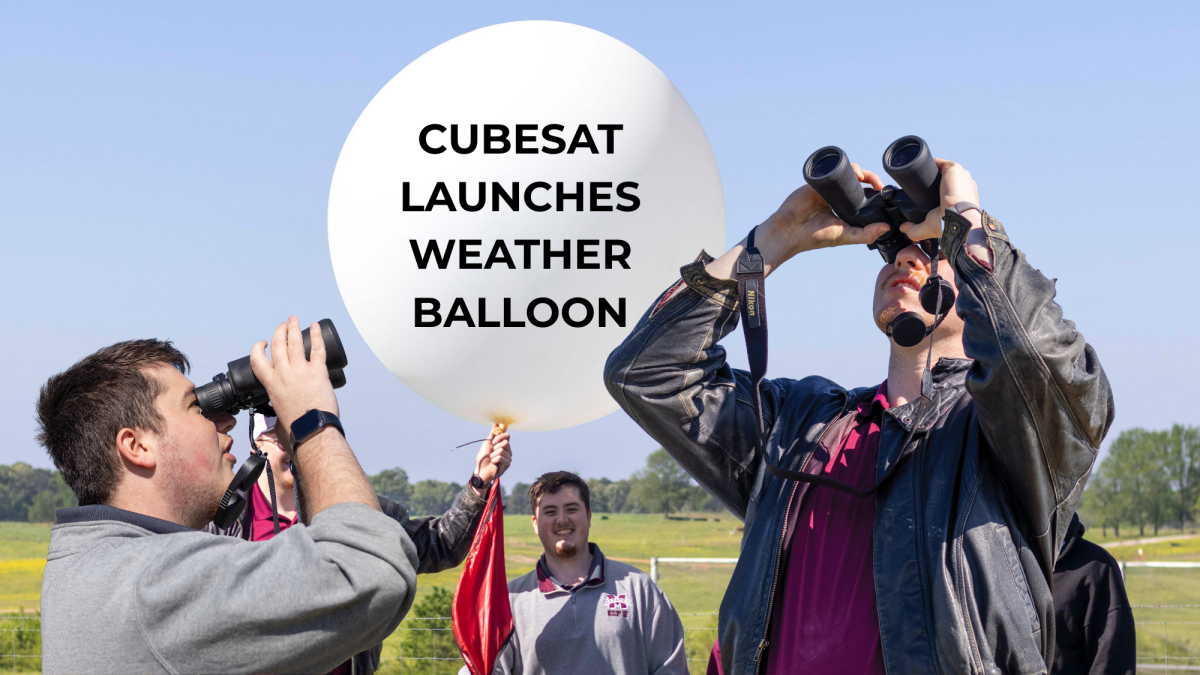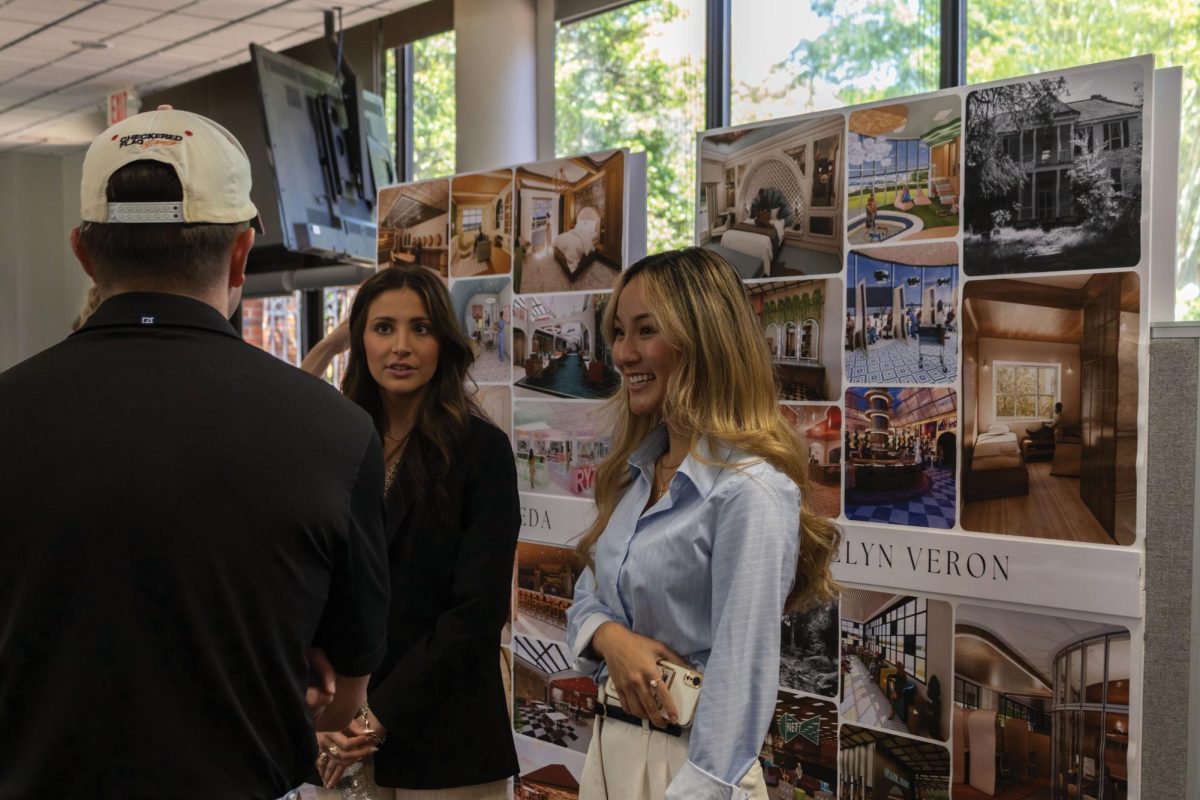“Fake news isn’t just news you don’t like or news that you don’t agree with. It can actually take a variety of forms. It can be anything from innocuous misinterpreted parody or satire to malicious disinformation,” said Beth Downey, associate professor and instruction librarian at Mississippi State University.
In a time when fake news seems all-too-common, people are flushed with different, often opposing ideas of what the term means, causing confusion and misinterpretation of what is true. On Sept. 25, MSU Libraries hosted a virtual event via WebEx called “Evaluating Real vs. Fake News.” During the event, Downey shared how influential and harmful fake news can be and provided multiple perspectives on what fake news is and how it shapes the world today.
According to Downey, news becomes fake when the main idea of a story is not in another source, the reader’s emotional state becomes significantly heightened while reading the article or the author of the article is not a real journalist. Fake websites often produce fake news. Imitation news websites can design their page to look like a reliable, well-known source to spread false information to a broader audience.
Biases control people’s interpretation of news, and everyone is subject to bias. Holli Seitz, assistant professor of communication at MSU and co-author of “Correcting Misinformation about Neuroscience via Social Media,” said people are susceptible to believing fake news because it helps them understand confusing information.
“There’s something called confirmation bias, where we are looking for information that confirms our worldview. When we find it,” Seitz said, “we’re satisfied because we’ve been justified. It’s very uncomfortable sometimes to find information that contradicts your worldview. People tend to evaluate that information really negatively and are more likely to reject information that goes against their worldview.”
Terry Likes, head of the communication department and professor at MSU, said an easy way to determine what is untrue is to diversify the sources of news a person is reading or watching. People tend to watch or read things they agree with, but they need to broaden their news intake to make sure they receive all the facts correctly. When watching news programs, make sure to differentiate between the news reporter giving facts and the commentator offering opinion.
Likes continued, saying how some people favor one or two news sources and say other sources are “fake news” because they may say things the viewer does not like. This is an example of audience bias, meaning individuals think certain news outlets are biased because the viewer interprets the news through a subjective lens. Actual media bias occurs when a source or journalist continuously shows a pattern of untrue or misleading information. Media bias is not a one-time occurrence; it must be a pattern.
How journalists handle the cry of fake news is often criticized, but Likes said journalists are working hard to curb the spread of inaccurate statements in their field.
“We all have biases, but the journalist’s job is to report the facts that let the audience decide. Having a clearly verified, factual, trustworthy source of information is critical to our democracy,” Likes said. “It’s one of the things that sets our country apart from so many others, but if we use claims of fake news as an excuse just to discredit something that we don’t want to believe or because we don’t want to answer a question, it’s a threat to our democracy.”
Likes said the best way for the public to combat fake news is to use resources available online to discern false information. Downey offered ways readers can identify fake news. Tests like the CRAAP Test, which evaluates the currency — or timeliness of the story — relevance, authority, accuracy and purpose, offer quick tricks a reader can use to detect false information. Other websites, like Snopes and Politifact, break down viral stories.
Since social media has become widely popular, the use of clickbait tricks readers into believing fake news. In these clickbait headlines, the source deliberately leaves out essential information to get the reader to click on the article. Downey said people would see a headline they agree with and share the article without reading it, thus spreading misinformation to their social media feed.
Downey said fake news is influential; it can make the reader share information which is noticeably misleading. She said people often inherently defend fake news they agree with, even if there is confirmation of it being untrue.
The most important advice Seitz said she could give is: Do not repeat false statements, do not share before you research, be a critical thinker and become media literate.
“Once you hear something, it’s really hard to unlearn it. It always remains in your brain,” Seitz said. “That’s what makes misinformation so incredibly dangerous and difficult; it’s one of the main problems faced by communication scientists today.”
MSU Libraries and faculty dissect real versus fake news
About the Contributor
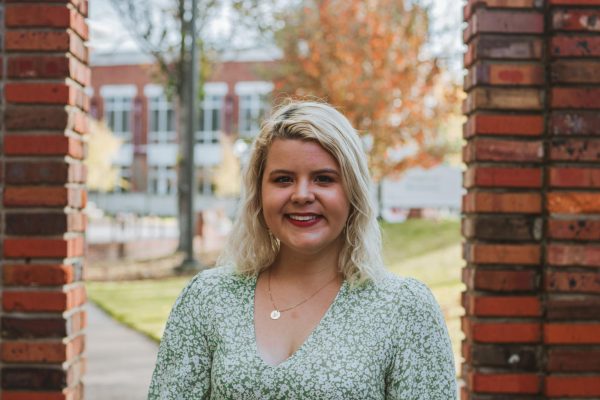
Heather Harrison, Former Editor-in-Chief
Heather Harrison served as the Editor-in-Chief of The Reflector from 2022 to 2023.
She also served as the News Editor from 2021 to 2022.
0
Donate to The Reflector
Your donation will support the student journalists of Mississippi State University. Your contribution will allow us to purchase equipment and cover our annual website hosting costs.
More to Discover


